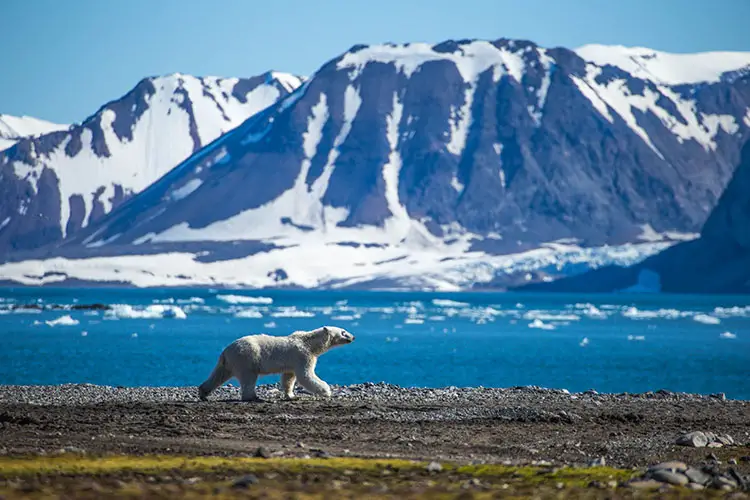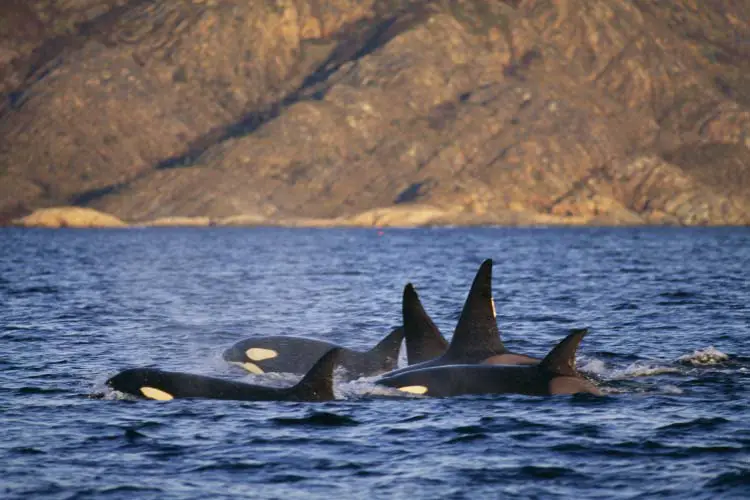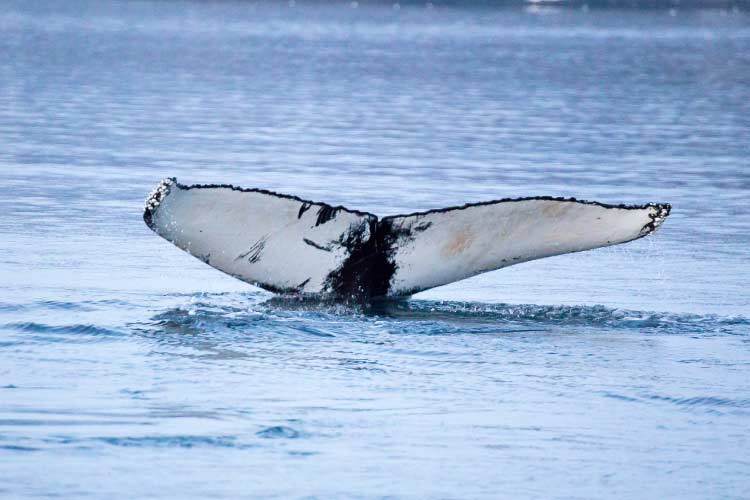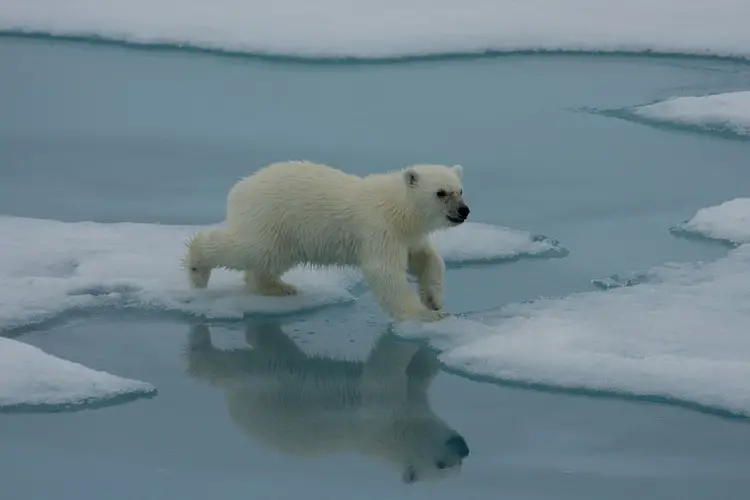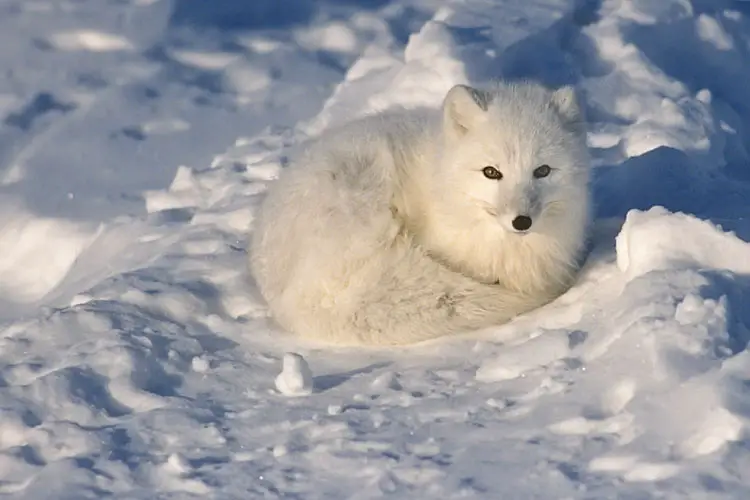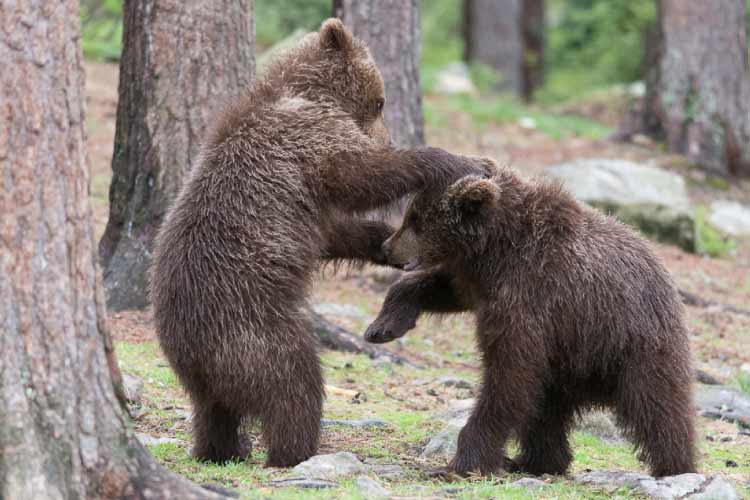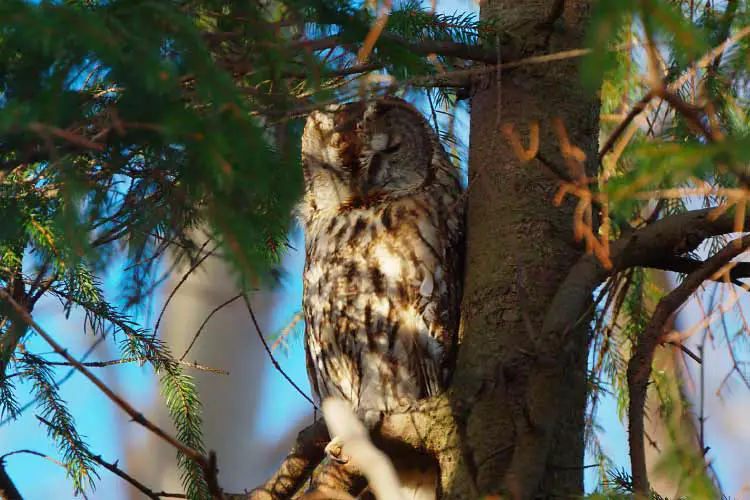Northern European Animals
Unknown to many, Northern Europe offers an impressive collection of some of earth’s most magnificent creatures. The brown bear, Eurasian lynx, elk and herds of reindeer can be found along with different species of colourful birds such as puffins, cormorants, guillemots and the white-tailed eagle. Just off its shores, you will also find a diverse selection of marine wildlife including killer whales, seals and humpback whales. Look even further and you will also find elusive animals like the polar bear, the arctic fox and many species of owls. If you’ve not already booked your ticket to Europe, join us on a magical adventure and discover just a small slice of what Northern Europe has to offer.
Left – Polar Bear in South Spitsbergen & Right – European Brown Bear in Finland
The white-tailed eagle is one of the largest birds in the world with a wingspan of over 7ft. The largest population of this species is found in Norway, however, their breeding range stretches across Northern Europe, Russia and Northern Asia.

An awe-inspiring bird to watch, the white-tailed eagle feasts on various fish, small and large mammals and other birds. Also known as the sea eagle, this species is currently classified as “least concern” however were critically endangered for almost two centuries due to hunting and environmental pollution present in their prey.

Norway has one of the largest colonies of puffins in the world with over 15,000 birds nesting in this region during the summer season. These birds are famous for their clown-like faces and they can easily be spotted on the Puffin cruises to Pyramiden.
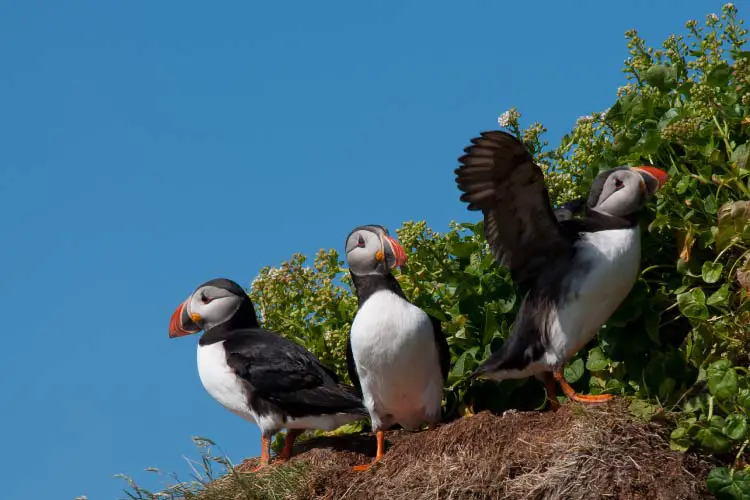
The nutrient-rich bogs and the large number of insects in this area make it a paradise for these birds and if you’re lucky enough to wander the hilltops you may even see a few scurrying across the path to their burrows.

Wildlife enthusiasts will immensely enjoy visiting the spectacular Vesteralen Islands, an archipelago just off the coast of Norway. There are a number of whale watching safaris between May to mid-September and though centuries of whale hunting has decreased the population of these magnificent creatures, the chance of spotting one is high.
Left – Family of Killer Whales in The Norwegian Sea | Right – Diving Humpback Whale | Flickr: anupshah
An exhilarating experience, you’ll get a chance to view pods of killer whales as well as, sperm, pilot and humpback whales who share the waters with inquisitive seals.

Another spectacular animal that can often be seen along this coast is the walrus. They can be observed by visitors in summer during their breeding season, along the shorelines of fjords and the islands of Karl Prins Forlandet and Moffen.

In addition to the wildlife, the Vesteralen Islands are a fantastic place to watch the Northern Lights (Aurora Borealis), a natural light show caused by an interaction between the upper atmosphere, cosmic rays, solar wind and magnetospheric plasma.

For the adventurous among us, guided wildlife safaris take visitors into the exotic world of the musk ox and the polar bear in Svalbard.

The thrill of admiring these giant beasts on a snowmobile is sure to be an exciting experience; the harsh elements easily make it the adventure of a lifetime, in a land where animals outnumber humans.
Left – Mother and Cubs | Flickr: Jidanchaomian & Right – Baby Polar Bear in Svalbard | Flickr: polarphotos
Polar bears not only survive but thrive in the harsh terrain of the remote Svalbard archipelago and if you’re lucky you might even catch a glimpse of an Arctic fox.
Arctic foxes in Svalbard | Right – Flickr: billyboysfotocolection
The panoramic terrain in the north-east of Finland, filled with pristine rivers and dense forests is home to the majestic European brown bear. The brown bears are native to this region and are best admired on a tour to a bear-hide.

Set in the dense pine forests of Finland, the bear hide is equipped with viewing chairs and a sleeping area with strategically positioned amplifiers in the forest announcing the movement of animals inside the hide.
Mother Brown Bear with cubs playing around | Flickr: vermazeren
Listen carefully, as the cries of the fierce wolverines are often heard in the forest. These notoriously tough carnivores scavenge food from other predators like wolves and bears.

Sweden is home to an array of wildlife, including moose and elk which can also be seen on guided wildlife tours. Moose here can reach heights of over 2 meters and males can weigh-in over 800kgs; needless to say, if you want to see one of these immense creatures, be very careful and keep your distance, especially around breeding season.

Keep your eyes peeled, if you’re lucky you could see a Eurasian Lynx, this is one of the largest cat species in northern Europe and one of the rarest and hardest to see of all European animals, with an estimated population of around 1250.

It’s not just large imposing animals that you’ll find in Northern Europe, Scandinavia is also home to a fantastic array of owls, who feed on smaller rodents like mice and squirrels.
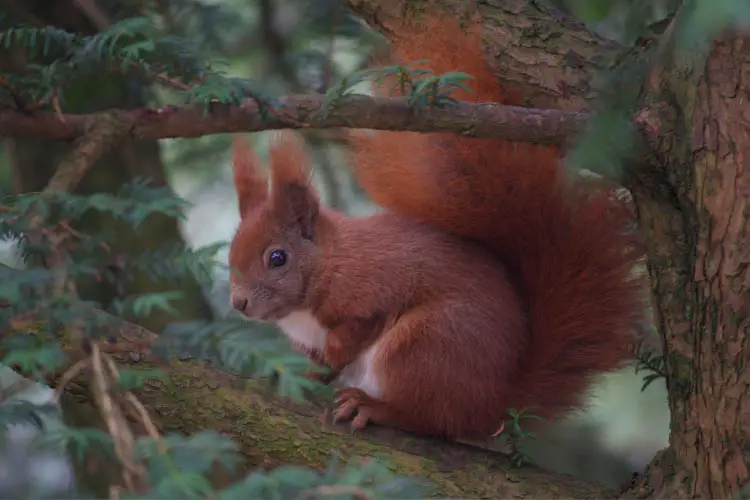
There are over 519 species of birds alone in Sweden making this area popular with birdwatchers and ornithologists alike.
Left – Tengmalm Owl | Flickr: francesco_veronesi & Right – Tawny Owl in Gotaland Sweden | Flickr: sbern
A drive along the scenic roads of Northern Europe is invigorating, but do watch out for the reindeer! These beautiful creatures are a common sight along the highways and are often a traffic hazard.

Reindeer have historically been found at lower latitudes, however, past the late 19th century they have only been found from the top of Northern Europe, through Russia and into Canada where they are typically referred to as caribou.


